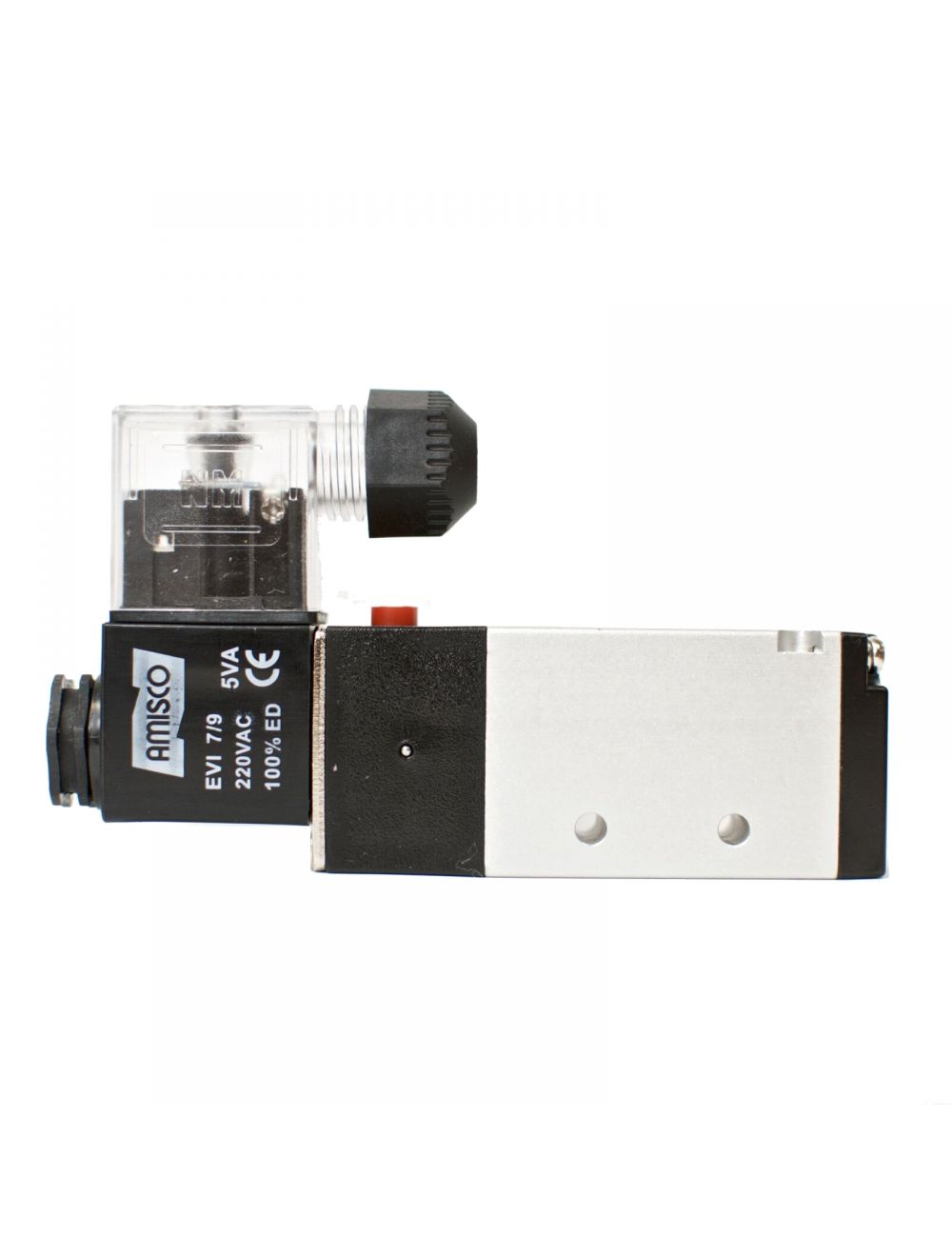Air conditioning expansion valve
The electronic expansion valve is a throttling element that can enter the refrigerant flow of the refrigeration device according to a preset procedure. In some situations where the load changes drastically or the operating range is wide, the traditional throttle elements (such as capillary tube, thermal expansion valve, etc.) can no longer meet the requirements of comfort and energy saving. More and more widely used.
Comparison of electronic expansion valve and traditional thermal expansion valve
The thermal expansion valve takes the outlet temperature of the evaporator as a control signal, and converts this signal into the pressure of the steam in the temperature sensing bag through the temperature sensing bag, and recently controls the opening degree of the expansion valve needle to achieve the purpose of feedback adjustment. Disadvantages of thermal expansion method:
1. There is a large lag in the feedback of the signal. The high-temperature gas at the evaporator must first heat the temperature-sensing envelope, which has a large thermal inertia, which causes the temperature-sensing envelope to work inside the temperature-sensing envelope during the reaction. The qualitative heating causes further hysteresis. The lag of signal feedback may cause periodic oscillation of the adjusted parameter.
2.The adjustment range is limited. Because the deformation of the membrane is limited, the change range of the opening degree of the valve needle is small, so the adjustment range of the flow rate is small. When a large flow adjustment range is required, for example, when an inverter compressor is used, the thermal expansion valve cannot meet its requirements.
3.
4.
3. The adjustment control accuracy is low, the working fluid in the temperature sensing package transmits the pressure to the valve needle through the membrane, and reading and installation will affect and the installation will affect its sensitivity to pressure deformation, so it is difficult to achieve high control Precision.
The application of electronic expansion valve overcomes the above-mentioned shortcomings of thermal expansion valve and provides the conditions for the intelligentization of refrigeration equipment. The electronic expansion valve uses the electrical signals generated by the adjusted parameters to control the voltage and current applied to the expansion valve to achieve the purpose of regulation. However, due to the complicated control system of the electronic expansion valve, the price is relatively high.
Electronic expansion valve can be divided into two categories: electromagnetic type and electric type
.
Electromagnetic expansion valve: The adjusted parameters are first converted to voltage and applied to the electronic coil of the expansion valve. Before the solenoid is energized, the valve needle is in the fully open position. After energization, the opening of the valve needle is reduced by the magnetic force. The degree to which the opening degree decreases depends on the control voltage applied to the coil. The higher the voltage, the smaller the opening and the smaller the refrigerant flow through the expansion valve. The electromagnetic electronic magnetic expansion valve has a simple structure and responds quickly to changes in the signal. However, it is necessary to provide the control voltage to the refrigerator when it is working.
Electric type electronic expansion valve: Electric type electronic expansion valve is widely used in stepper motor drive valve needle. Generally can be divided into two types of direct-acting type and deceleration.
Recent related posts
06/14/2020
Air conditioning expansion valve
What is the principle of air conditioning expansion valve? The electronic expansion valve is a throttling element that can enter the refrigerant flow of the refrigeration device according to a preset procedure
06/14/2020
Business management logic of cold storage management system
Business management logic of cold storage management system Nowadays, the development of the cold storage industry is fast, but the scale of the cold storage enterprises is uneven.
06/14/2020
After continuous decline, how can scroll compressors play new tricks
After continuous decline, how can scroll compressors play new tricks With the market share being seized by the rotor compressor and the "disease and external troubles" of the macroeconomic downturn
06/14/2020
11 common protection devices for refrigeration compressors
11 common protection devices for refrigeration compressors When the compressor is running, some abnormal conditions may occur, such as: the discharge pressure is too high
06/14/2020
Scroll compressor 2020 or will enter the dark moment
Scroll compressor 2020 or will enter the dark moment Affected by factors such as product competition and the weakening of downstream demand, in the context of the overall downturn in the HVAC industry,
06/14/2020
refrigeration compressorIndustry prospects
The type, application, geographic location and end-user industry of refrigeration compressor products are the main market areas in this study.
06/14/2020
One of the directions of scroll compressor's attack deep dive into the low-temperature market
One of the directions of scroll compressor's attack deep dive into the low-temperature market In Panasonic's view, in the field of air conditioning
06/14/2020
Leading refrigeration compressor manufacturer company operating worldwide
Leading refrigeration compressor manufacturer company operating worldwide Emerson GMCC Huayi Compressor Yellowstone Dongbei Randa
06/14/2020
How to solve the problems encountered during the operation of 120KW cold air-cooled compressor
The 120KW cold capacity air-cooled compressor mainly has three related systems: refrigerant circulation system, water circulation system and automatic electrical control system.
06/14/2020
Frequently asked questions about refrigeration compressors Do you know these?
1. Why control the impurity content and moisture content of the compressor and air conditioning system?
Customers frequently viewed
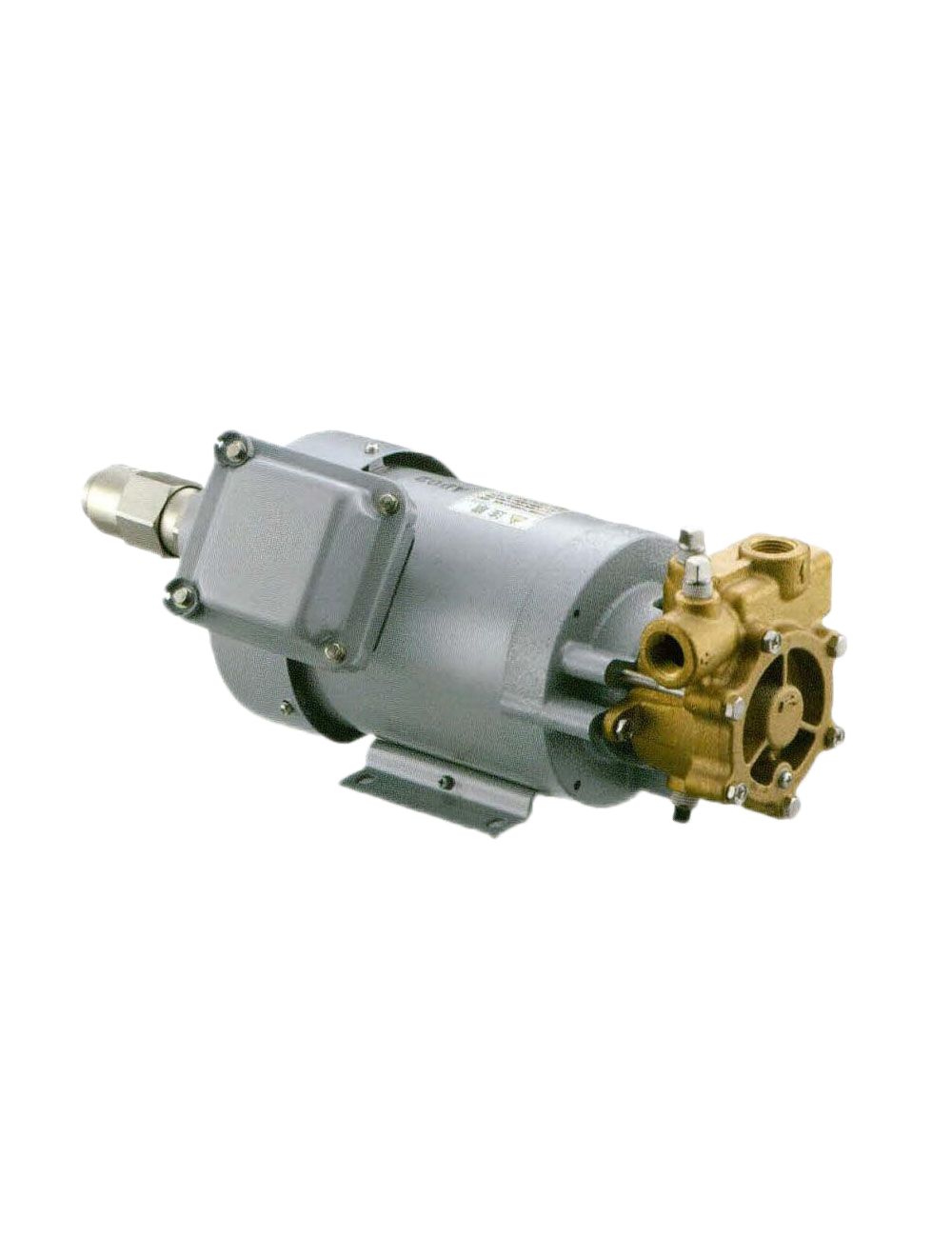
IWAYA DENKI Water Pump 25CJT0752

Panasonic Servo Motor MHMF022L1V2M
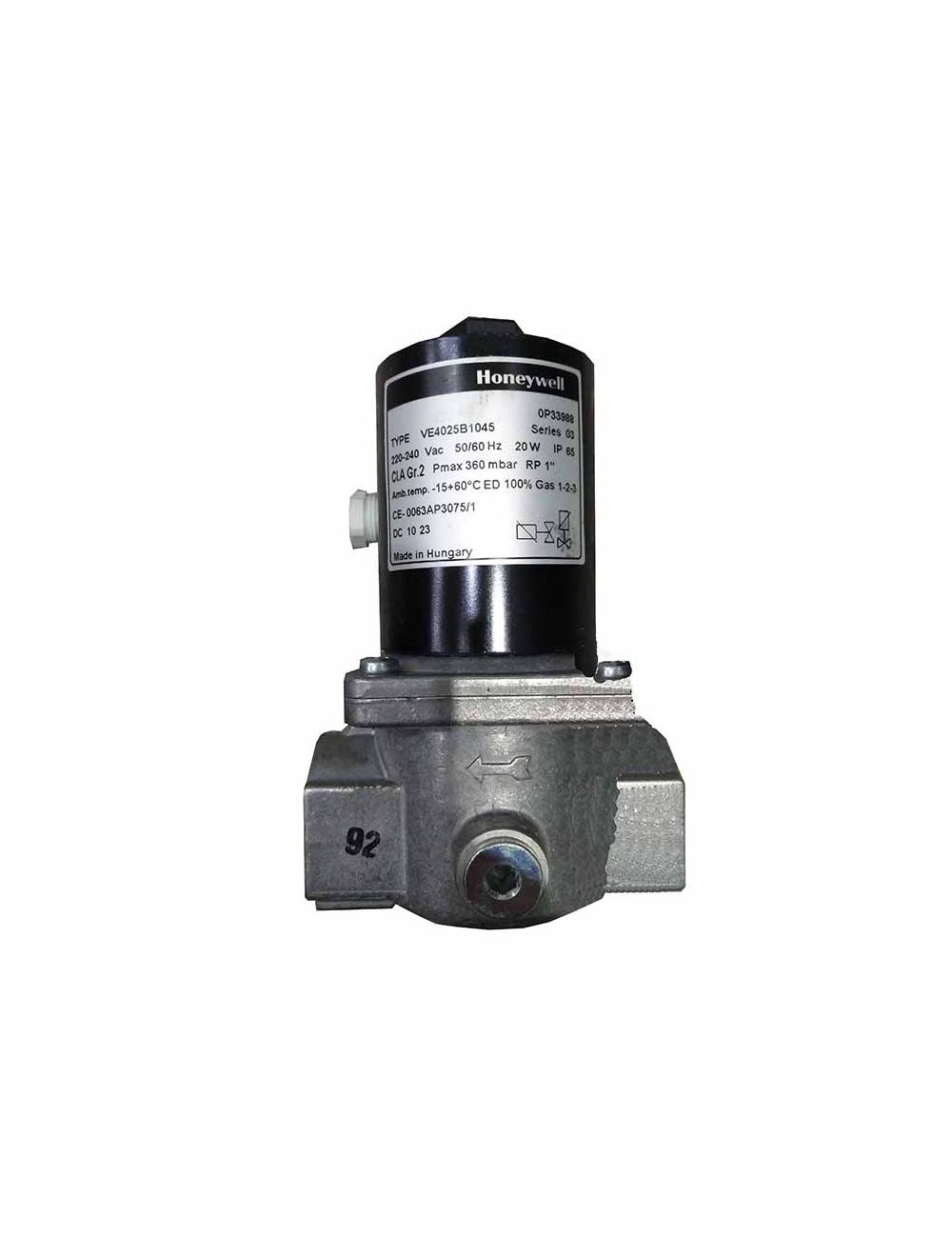
Honeywell Solenoid Valve VE4025B1045
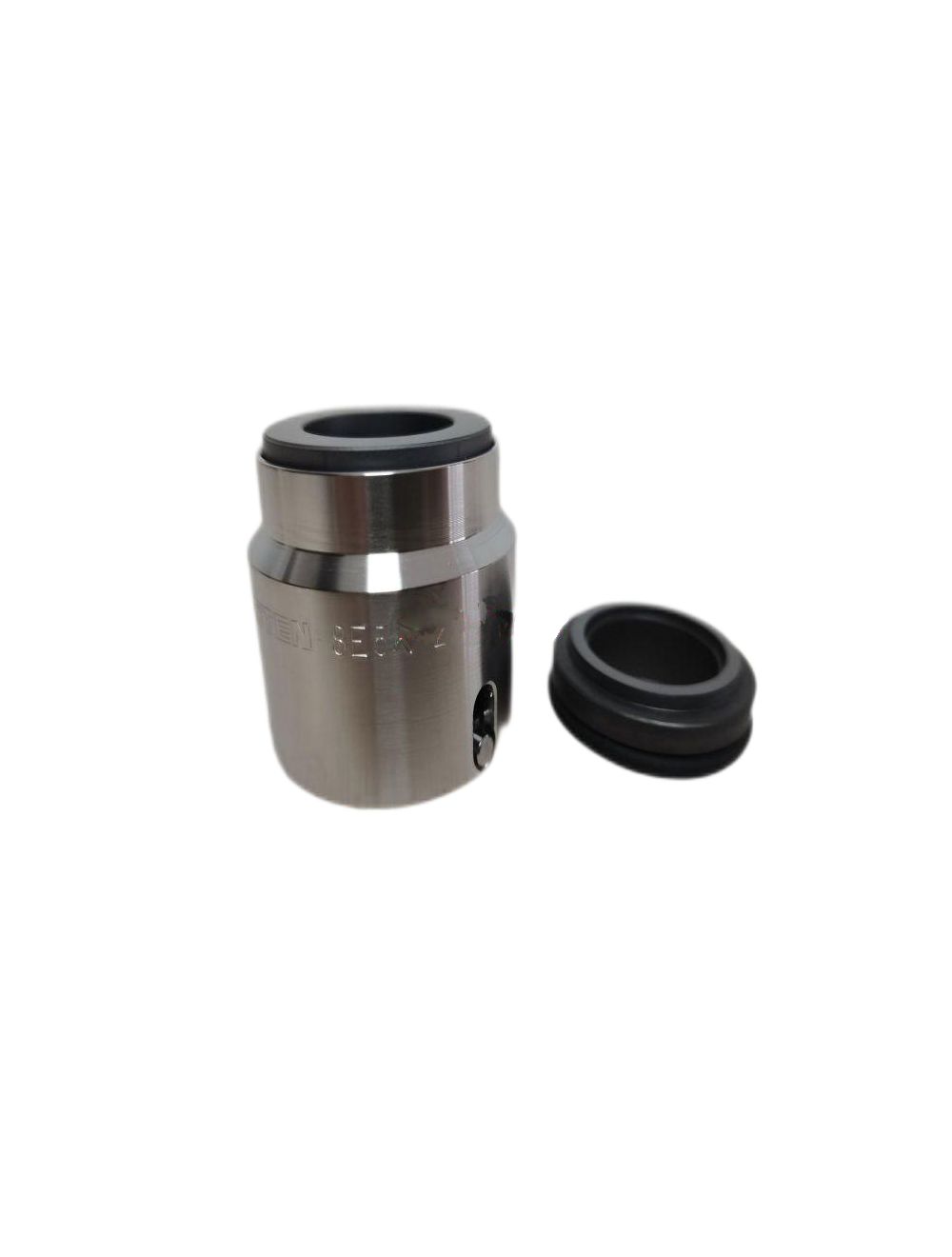
ROTEN Mechanical Seal 8E5K-22-X
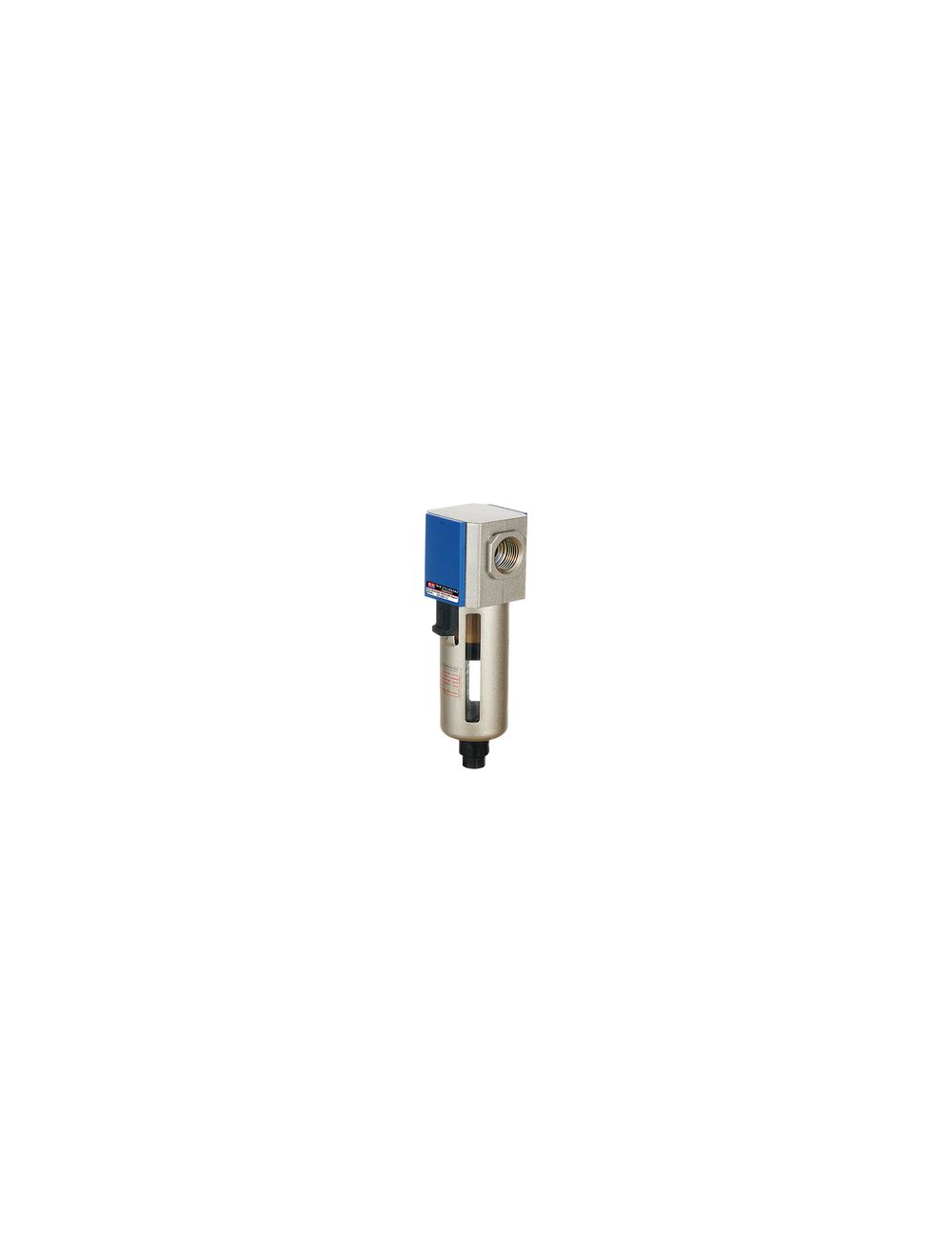
AirTac Fuel Water Separator GF300-08

Sanyo Denki Fan 9S1212P4F03

Honeywell Sensor 13C1000PA4K
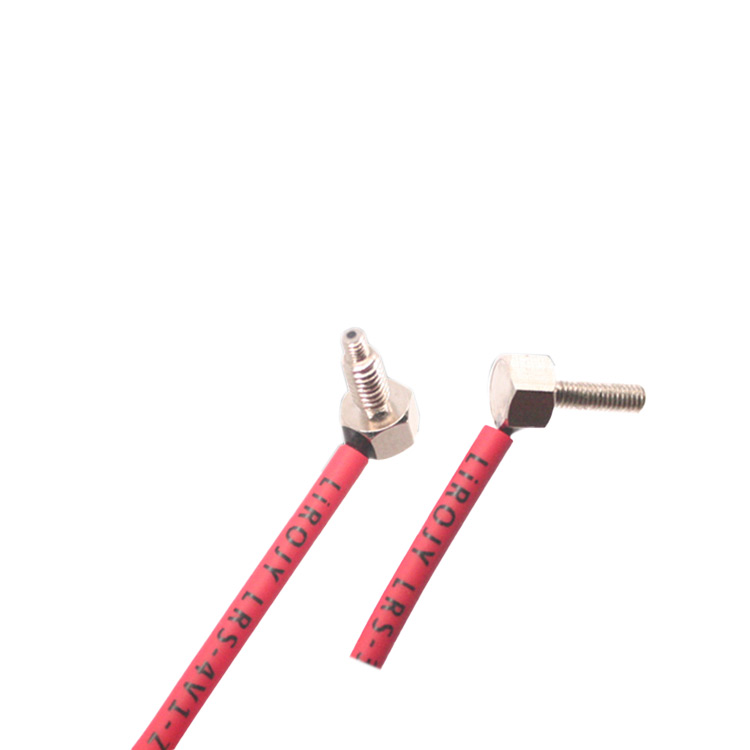
LIROJY Sensor LRS-3V1-Z

Delta VFD Frequency Converter VFD185VL23A-J

MITSUBOSHI Belt K-16



